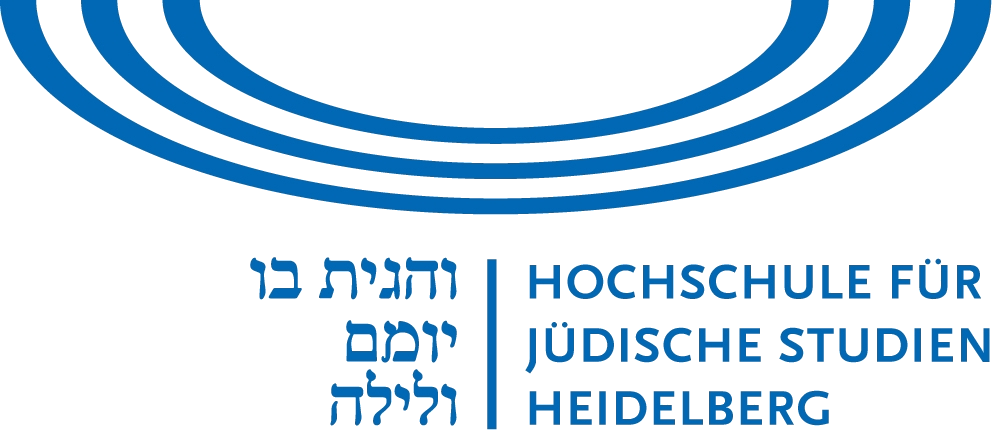C01 |
The Materiality and Presence of Writing in the Ancient Mesopotamian Discourse of Power between 2500 and 1800 ACN. |
|
| UP2
|
Manifestation of rulership in the archaeological record from 3rd millennium southern Mesopotamia |
former staff members
| akademische Mitarbeiterin | Dr. Christina Tsouparopoulou |
| Teilprojektleiter | Prof. Dr. Peter A. Miglus |

The aim of this project is to look at the role the inscribed object played in the legitimization of power, of the king (sacred versus secular power) and of individuals in Mesopotamia over 700 years, from 2500 to 1800 BCE.
Summary
This project focuses on how gods, rulers and individuals were empowered through inscribed votive objects, foundation deposits, building inscriptions, seals, stele and boulders, by looking mainly at the materiality of these objects. One major focus will be the topos where gods, people and kings overlapped in relation to the divine, the temple. For example, the king as the builder of the temple put foundation deposits and building inscriptions on the actual structure of the temple, whereas the people votive offerings on the already built temple. The objects that will be the focus of this project are:
- Votive offerings: statues, plaques, cylinder seals, mace-heads, vessels, pebbles, pendants, beads,
- Building deposits: clay cones, door sockets, bricks, nails,
- Foundation deposits: stone tablets, figurines, beads, wooden fragments, inscribed bricks.
Strategy
- Collection of inscribed and uninscribed objects, preferably excavated and contextualized artifacts from Southern Mesopotamia: Adab, Lagash, Ur, Nippur, Uruk, Isin, Kish.
- Study their material, manufacture technique, use, and localization.
- Verbal imagery versus visual language: Whether and why there was a discrepancy between text and image (as in some stelae), if text served to legitimize the power of the ruler from the divine, while the image appealed to the legitimization of the ruler’s power from the people.
- The visible versus the invisible realm in the legitimization of power, for example the foundation deposits that carried a royal message were hidden beneath the foundations of temples.
- The material and value of the objects, issues of exotica and the corresponding aesthetics.
- Gender issues: material, phrasing, choice of objects.
- Agency: the role of the craftsman/worker in the execution of artifacts dedicated from kings to gods.
- Literacy versus orality: reading out aloud/reciting the royal text-message before an audience, verbal means of communicating the written word.
- Inscribed versus uninscribed: differences/similarities between similar objects inscribed and non-inscribed. The role of textuality and materiality


